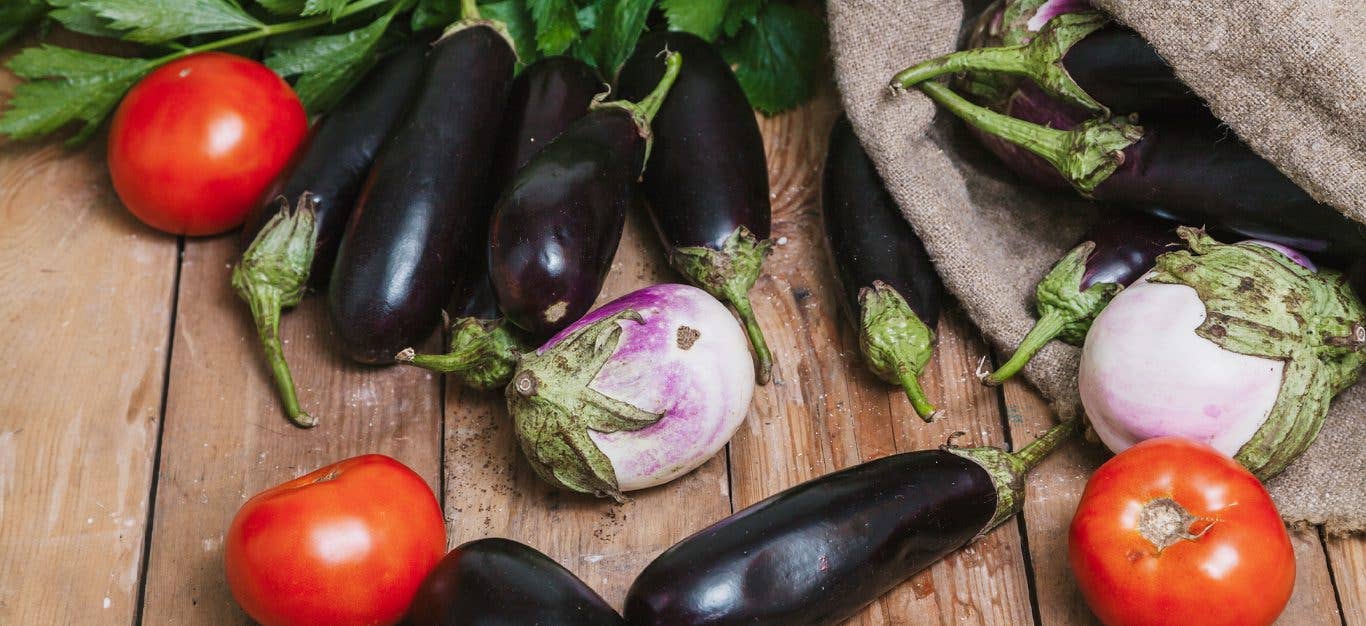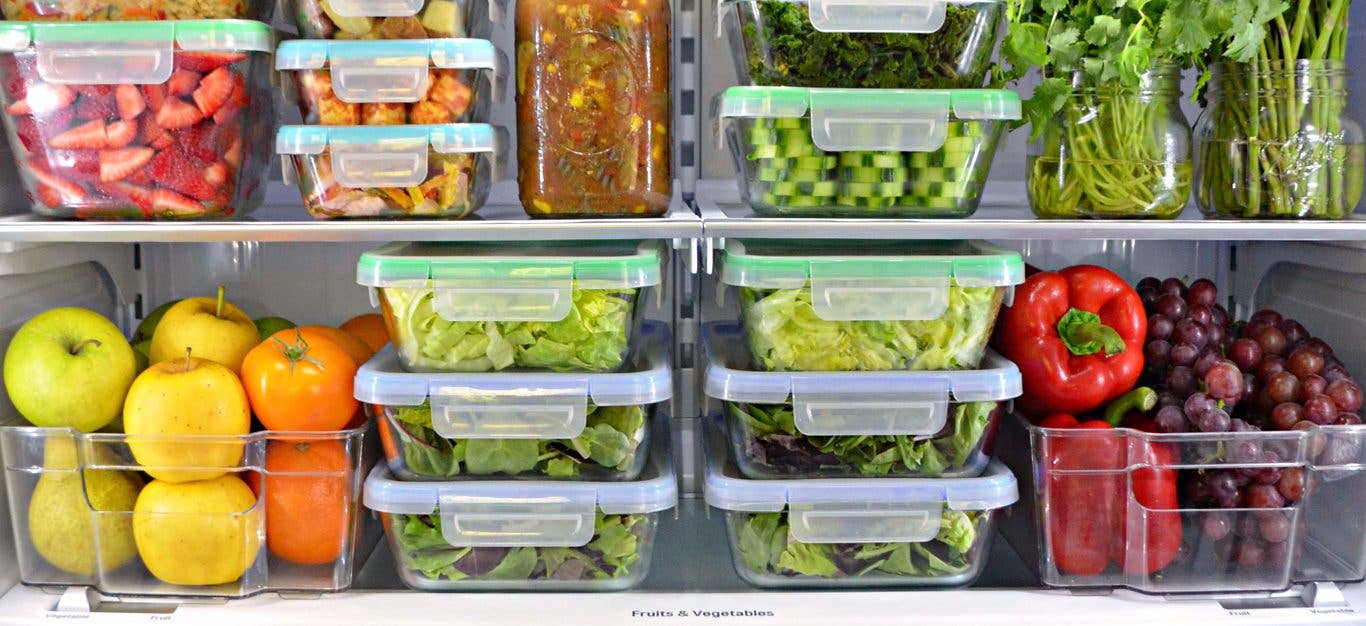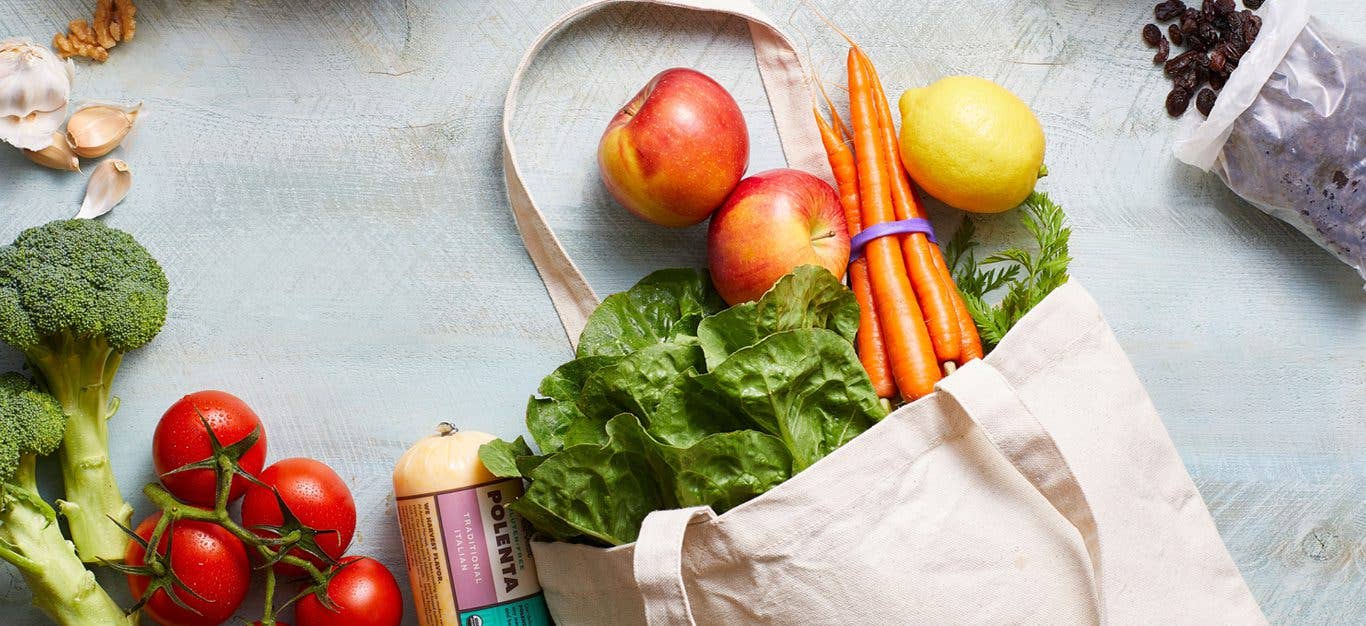When it comes to chile peppers, cooks fall in two camps: the fiery-food lovers who think the more chiles the better, and the hot-food haters who are often too timid to try cooking with them. No matter which group you belong to, once you’re familiar with the different varieties and know how to prepare them, you can figure out how to use them to suit your own taste preferences.
Why Cook with Fresh Chile Peppers
If you’ve ever dipped a chip in a salsa with that perfect balance of heat that seems to bring out the best in all the other flavors, then you’ve experienced the instant wow chile peppers can lend to a few simple ingredients. Chile peppers are not just about heat. Depending on the variety and how they’re prepared, they can be fruity, tangy, tart, or smoky—and occasionally even sweet. And for the record, even “Mild” prepared salsas are made with a little chile pepper.
Why Chile Peppers Are Hot (and Bell Peppers Are Not)
What gives chile peppers their heat? It all comes down to one compound: capsaicin. Both bell peppers and chile peppers are members of the Capsicum genus, but bell peppers do not produce capsaicin, the compound that gets its name from the genus and is responsible for chile peppers’ spiciness and heat. Capsaicin in chile peppers is concentrated in the ribs or capsaicin glands that line the sides of a chile pepper. When chile peppers are cut, the capsaicin in the ribs/glands is released and spreads to the seeds, which is one reason cooks are usually instructed to remove the seeds before using chile peppers.
Hotter chile pepper varieties contain more capsaicin than milder types, but chile heat can vary greatly from one chile to another—even on the same plant! This is due to differences in growing conditions (more sun, less sun) and the cross-pollination that occurs easily between different chile pepper varieties.
How to Prep and Cut Fresh Chile Peppers
Chile peppers’ pungency makes prepping them a little different from other vegetables. Here are the steps you need to know to do it right.
1. Pull on a pair of gloves.
While wearing gloves is optional, it’s an important step if you’re cooking with super-hot chiles like serranos or habaneros. Dish gloves or disposable vinyl gloves won’t just protect your hands from burning sensations; they will also protect your mouth and eyes if you happen to touch them after you’re done prepping.
2. Remove the core.
Treat the chile pepper the way you would a bell pepper: Remove and discard the whitish-yellow core along with any seeds attached. The seeds can be a prime source of heat and may also taste bitter.
3. Check the ribs.
Want to know if that jalapeño you just sliced open will be more on the mild side? Nervous that the poblano you’re stuffing could end up fiery hot? Take a look at the veins or ribs that run down the sides. In its pure form, capsaicin (the compound responsible for chile pepper heat) is yellow. So, the yellower the ribs, the hotter the chile pepper. To tame some of a chile pepper’s pungency, trim away the ribs. If you like heat, you can leave them on.
The 7 Most Common Chile Peppers (and How to Use Them)
Once you know the heat levels and flavor profiles of these chile varieties, you can use them with confidence, and even swap them for each other.
For the most accurate heat estimations, we’ve provided Scoville heat unit (SHU) ratings for each chile. The Scoville rating system uses capsaicin levels to classify chile peppers from “mild” (zero units, such as bell peppers) to “extra hot” (over two million units, such as Carolina Reapers).
Anaheim
Heat level: Mild (500 – 2,500 SHU)
The tamest chile pepper around, the Anaheim pepper is used to add a hint of heat in mild prepared salsas. It’s a great gateway chile pepper for cooks who are wary of spice and heat.
Uses: Anaheims’ medium size makes them ideal for roasting and stuffing. Substitute them for jalapeños and serranos for milder results.
Poblano
Heat level: Mild (1,000 – 2,000 SHU)
Deep green, heart-shaped poblanos offer the best of both worlds: a grassy, bell pepper-y flavor with a hint of heat.
Uses: The ultimate chiles for stuffing, poblanos are used to make Chiles Relleno. Roasted or raw, they add mild chile flavor to salsas and chilis.
Hatch
Heat Level: Mild (500 – 8,000 SHU)
Grown in the Hatch Valley of New Mexico, fresh Hatch chiles are highly seasonal, with their season generally running from July to October. They range in heat from mild to extra hot, with the grassy flavor and juicy texture of Anaheim chiles (they’re the same species) plus the heat of a poblano, jalapeño, or serrano, which makes them especially popular among chile aficionados.
Uses: Try Hatch chiles in any recipe that calls for poblanos, Anaheims, or serranos.
Jalapeño
Heat level: Medium (4,000 – 8,500 SHU)
The best-selling chile pepper in North America, jalapeños are smooth and plump, with hints of green pepper flavor. Red jalapeños are chiles harvested when they have fully matured and turned crimson; these pack a little more heat than green.
Uses: Mince or dice and add raw to salsas and salads; use to season soups, stews, and savory baked goods; or split and stuff for Sweet Potato Jalapeno Poppers.
Serrano
Heat Level: Medium* (10,000 – 23,000 SHU)
*Note: Serranos can be up to twice as hot as the hottest jalapeño, though they’re still classified as medium.
Slender serrano chiles have pointed tips that make them instantly recognizable. Their bright, fresh flavor and slow-burn, medium heat make them a favorite for salsas.
Uses: Chop or mince and add to hot and cold dishes for a good dose of heat.
Thai Bird
Heat level: Hot (50,000 – 100,000 SHU)
Also called bird’s eye chile, Thai bird chiles are small and slender, with a fiery hue. These chiles are a must in spicy Asian cuisines. Thai bird chile is sometimes mistaken for chile de árbol, which looks very similar but is a lot milder. To differentiate between the two, look at the tip: Thai bird chiles have pointed tips, while chiles de árbol are more rounded.
Uses: Add whole to stir-fries, soups, and stews to infuse other ingredients with hot, spicy flavor.
Habanero and Scotch Bonnet
Heat level: Extra hot (100,000 – 350,000 SHU)
Habanero and Scotch bonnet are two lantern-shaped chile peppers that are botanical cousins and rank among the hottest chiles available. They are prized for their pungency and tropical, almost fruity flavor.
Uses: Spicy stews, and piquant fruit salsas and relishes (like the mango relish in our Caribbean Black Bean Soup with Mango Relish recipe).
How to Roast Chile Peppers
Roasting large, fleshy chile peppers (such as poblano, Hatch, Anaheim, and jalapeño) tames their heat, brings out their natural sweetness, and adds luscious smoky flavor. It also makes them tender enough for stuffing and baking. Roasting chile peppers requires the high heat of a broiler or grill so the skin blackens and blisters before the pepper itself gets too soft. A grill or a broiler work best.
Grill: Thread chile peppers onto skewers or use a grill basket, and grill the chiles over medium-high heat 6 to 8 minutes, or until blackened and blistered on all sides.
Broiler: Place chile peppers on a baking sheet then broil in the oven 6 to 8 minutes, turning two to three times until they are blackened on all sides.
Air Fryer: Place the chile peppers in a single layer in the air fryer, then cook at 400˚F for 8 to 12 to or until blistered and beginning to brown. Turn with tongs, then cook 3 to 5 minutes more, or until the chiles are blistered all over.
Once the chile peppers are roasted, transfer them to a plate and cover with a large bowl to trap in steam as they cool. Carefully rub the peels off the cooled peppers, then split them open and remove any seeds.
How to Blister Shishito Peppers
Small, green Japanese shishito peppers fall somewhere between bell peppers and chile peppers, and as a rule of thumb, 1 in 10 will be pungent and hot. Shishito peppers are usually cooked or blistered and served whole as finger food with a sprinkling of salt or spice. To make them at home, try blistering them in a 400°F air fryer for 10 minutes (shaking once) or searing them in a dry skillet over medium-high heat.
Hot and Spicy Recipe Ideas
Ready to get cooking with chile peppers? Check out some of our favorite recipes that feature the hot little numbers.
- Vegan Chile Relleno
- Sweet Potato Jalapeño Poppers
- Stuffed Poblano Chiles
- Jackfruit Pozole Verde
- Baja Rice Bowls with Grilled Yellow Squash
- Hearty Vegan Red Bean Chili
- Caribbean Sweet Potato Stew Recipe
- Peach-Corn Salsa with Chili-Lime Chips
- Veggie Fajita Kabobs with Corn and Peppers
- Peach and Pepper Tacos
- Chickpea- and Potato-Stuffed Poblano Peppers
- Caribbean Black Bean Soup with Mango Relish
Related News
Try Our Top-RatedMeal Planner Free

Forks Meal Planner takes the hard work out of making nutritious meals the whole family will enjoy.
SAVE $200 ON OUR ULTIMATE COURSE

Join our best-selling course at a new lower price!





